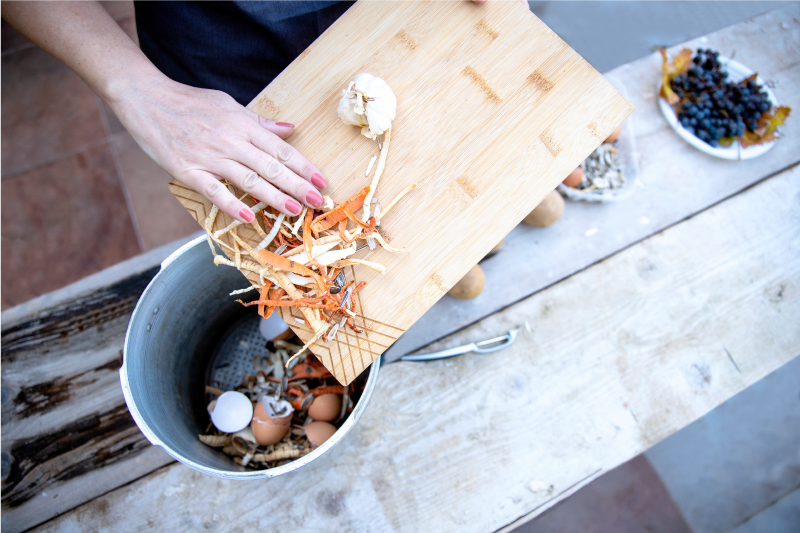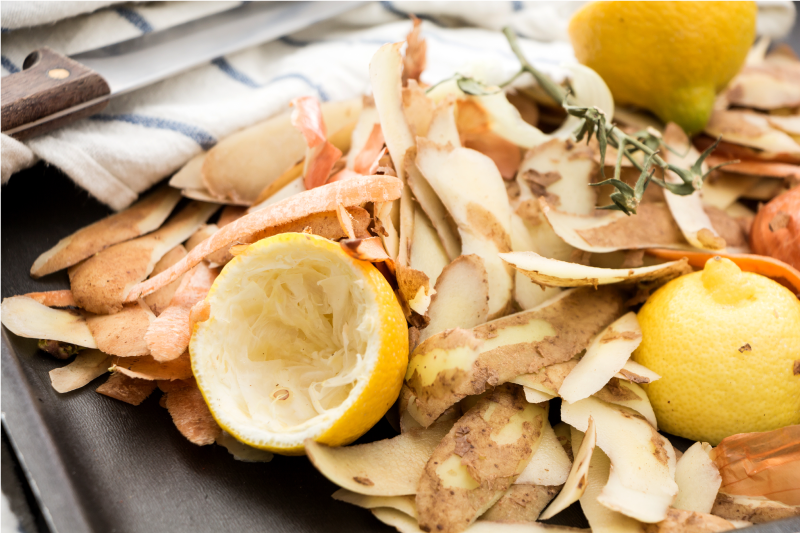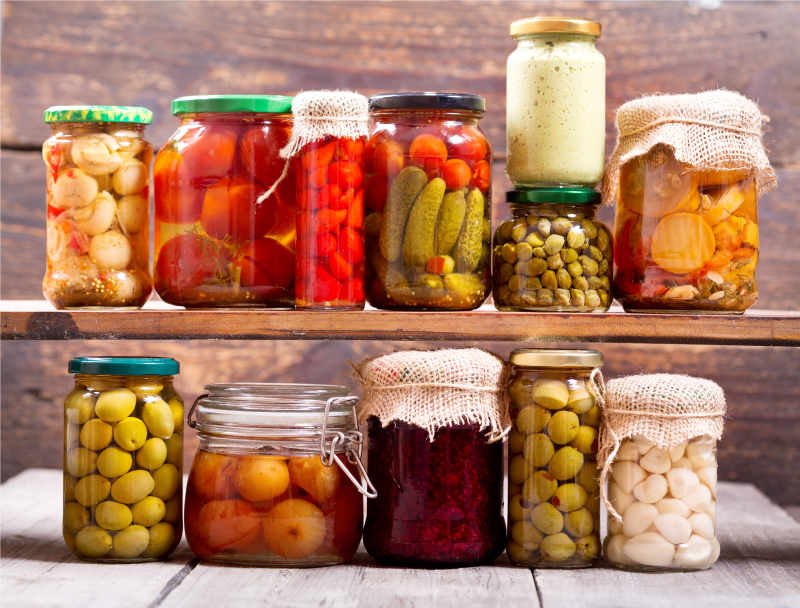
Do you know that Malaysians throw away 17,000 tonnes of food daily? This amount can easily feed 2.9million people 3 meals a day.
Throwing away food practically means we’re throwing away all resources connected to it — money, energy, water, land use and biodiversity. From clearing of lands to growing food, water usage, human resources needed to produce them and the money that goes into it is nothing to scoff at. Therefore, every time we waste food, we are wasting all these resources in a big way.
The amount of waste created from food production and preparation is one of the greatest issues facing the sustainability of our food system. In this time when food prices are soaring and shortages of food happening in the country, one of the ways we can curb food wastages is zero-waste cooking.
So, what is zero-waste cooking? It literally means try to leave behind as little food and packaging waste as possible when cooking and eating. One way of doing is to follow the old dictum “reduce, reuse and recycle”.
Reduce
Use less or do without unnecessary ingredients and to cook smaller portions to avoid leftovers. Use all food parts of the ingredients you are cooking, like stems, greens, leaves, peels, or even seeds if possible.
Reuse

Repurpose your food scraps instead of throwing them. You can store the food scraps like peels and turn them into broth later. Bring your own reusable containers when you are buying food outside instead of using plastics or new containers.
Recycle
When you have exhausted the use of the ingredients or if the food spoils, turn them into compost. That way, it contributes towards growing new ingredients.
Preservation 101

If you can’t finish all your perishable ingredients in time, then focus on preservation. You can freeze, dehydrate, pickle, or make jams. That way, there’s no wastage of food and you will have emergency food when you are in a rush or when you have no time to cook.
Preservation 101
Organise
Take stock of your fridge and pantry cupboard on a regular basis to ensure there’s no food rotting or expiring away. Place the older groceries in front and newly bought ones at the back so you know which goes first. Place bulk items in transparent containers so you know how much is left.
Shop with a list
Always shop with a list or menu plan so you don’t buy things that are unnecessary. Of course, leave room for some variations in case the particular ingredient in your dish is not available.
Creatively repurpose leftovers
If you are cooking in bulk or stuck with leftovers, you can creatively turn them into another new dish. Leftover pasta sauces can be turned into pizza on toast or wraps. Roasted chicken can be added into salads, wraps, or sandwiches. The bones can be collected and added together with your vegetable peels to make stock. If all else fails, you can just freeze them for other days.
With a bit of planning and practice, you can reduce waste from your meals and have a more sustainable kitchen.
